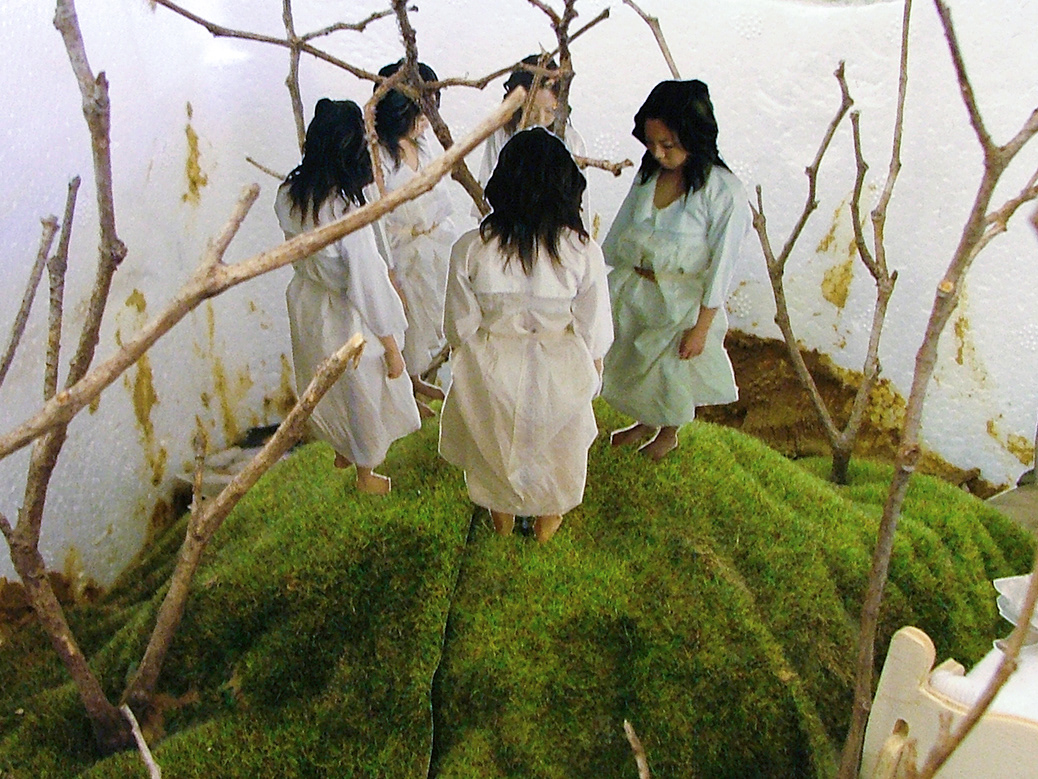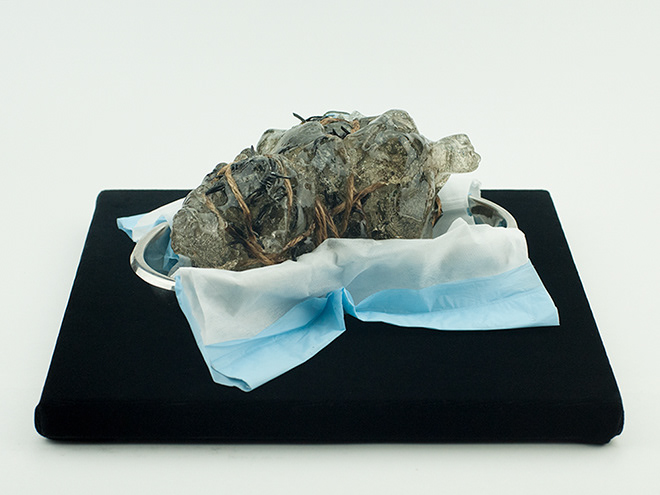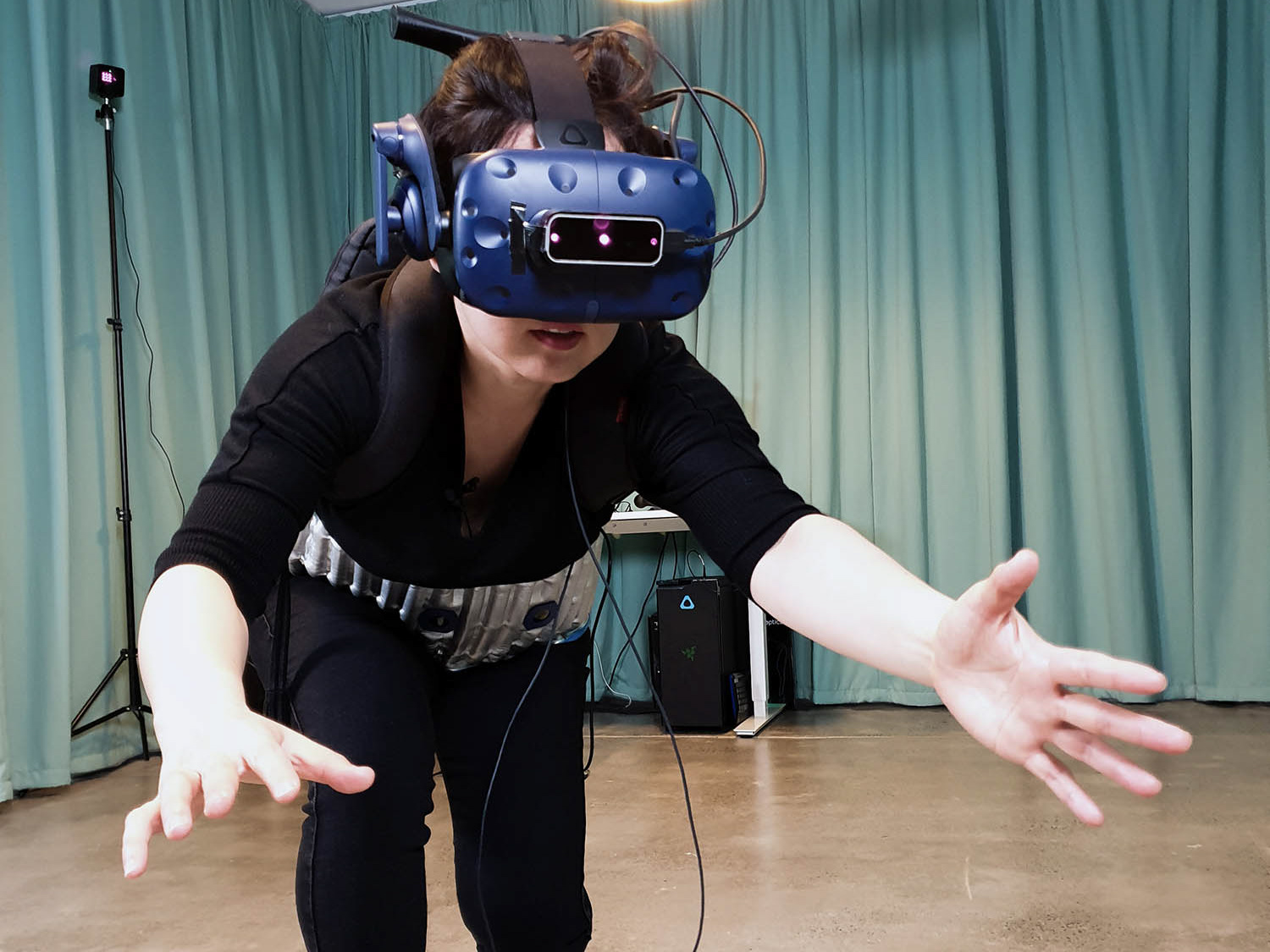MDF, transparent paper, mount paper, frames, perspex, lint, threads, hair nets, fluorescent lights
154x211x83.8 cm
Installation view: SCA Gallery, Sydney College of Arts, University of Sydney 2010
Cavity_Medical Scan For My Soul is a large diorama, presented within a rectangular construction. Its box-like form is reminiscent of the shadow boxes made by Joseph Cornell. Unlike Cornell, who used common objects to create his poetic universe and nostalgic dreams for his intimate miniature works, the artist works on a larger scale that references the space and dimensions of the human body. Both in its proportions and in the specific objects and images displayed, the rectangular form of Cavity_Medical Scan For My Soul suggests an enclosure that separates the interior from the exterior space in much the same way that the interior organs of the body are contained within its exterior shape. Within the crisp white box of its frame, and illuminated by a cool light box glow, the artwork’s interior is on display; an arrangement of black frames and a hanging cluster of lint in dull fleshy tones.
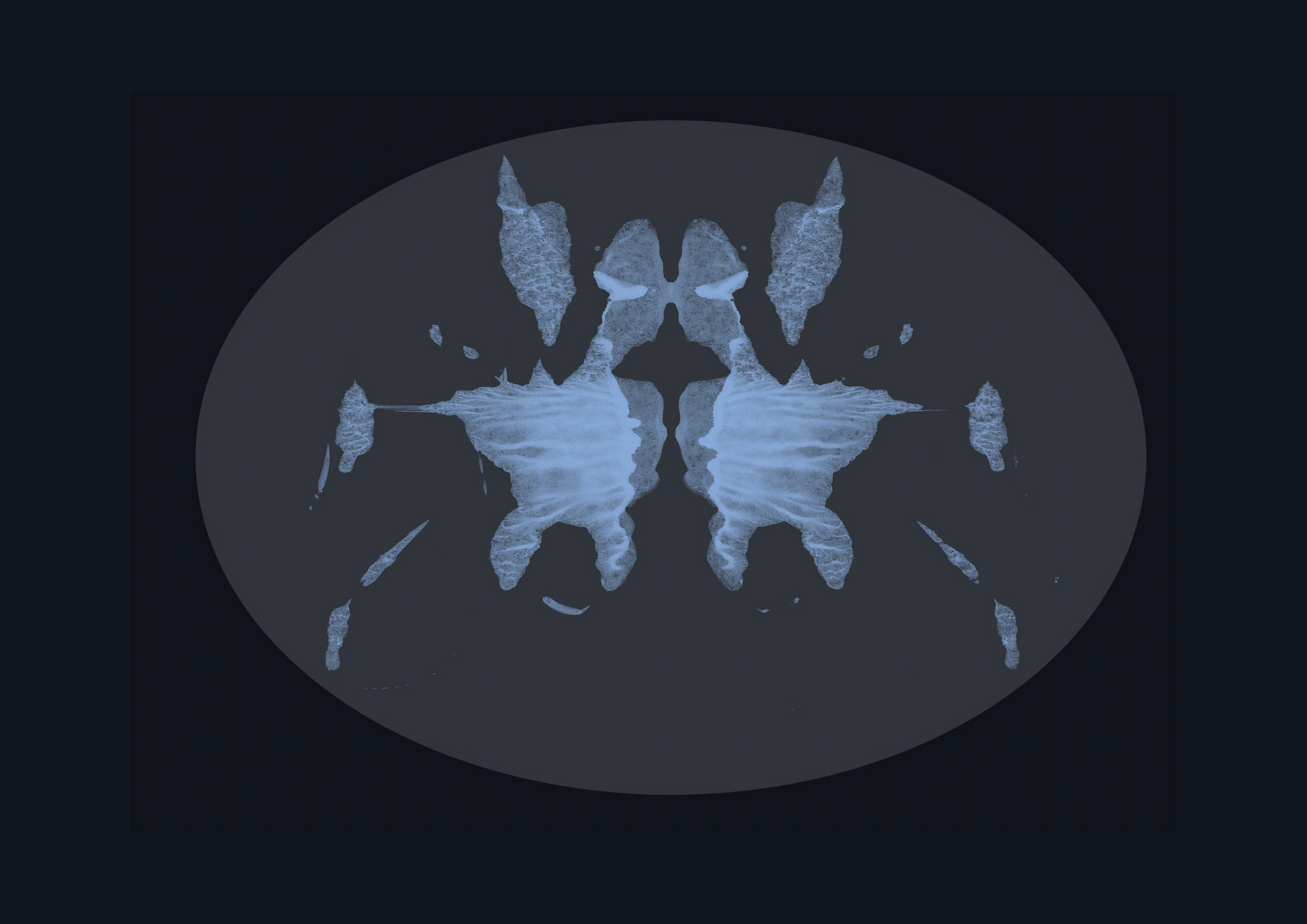
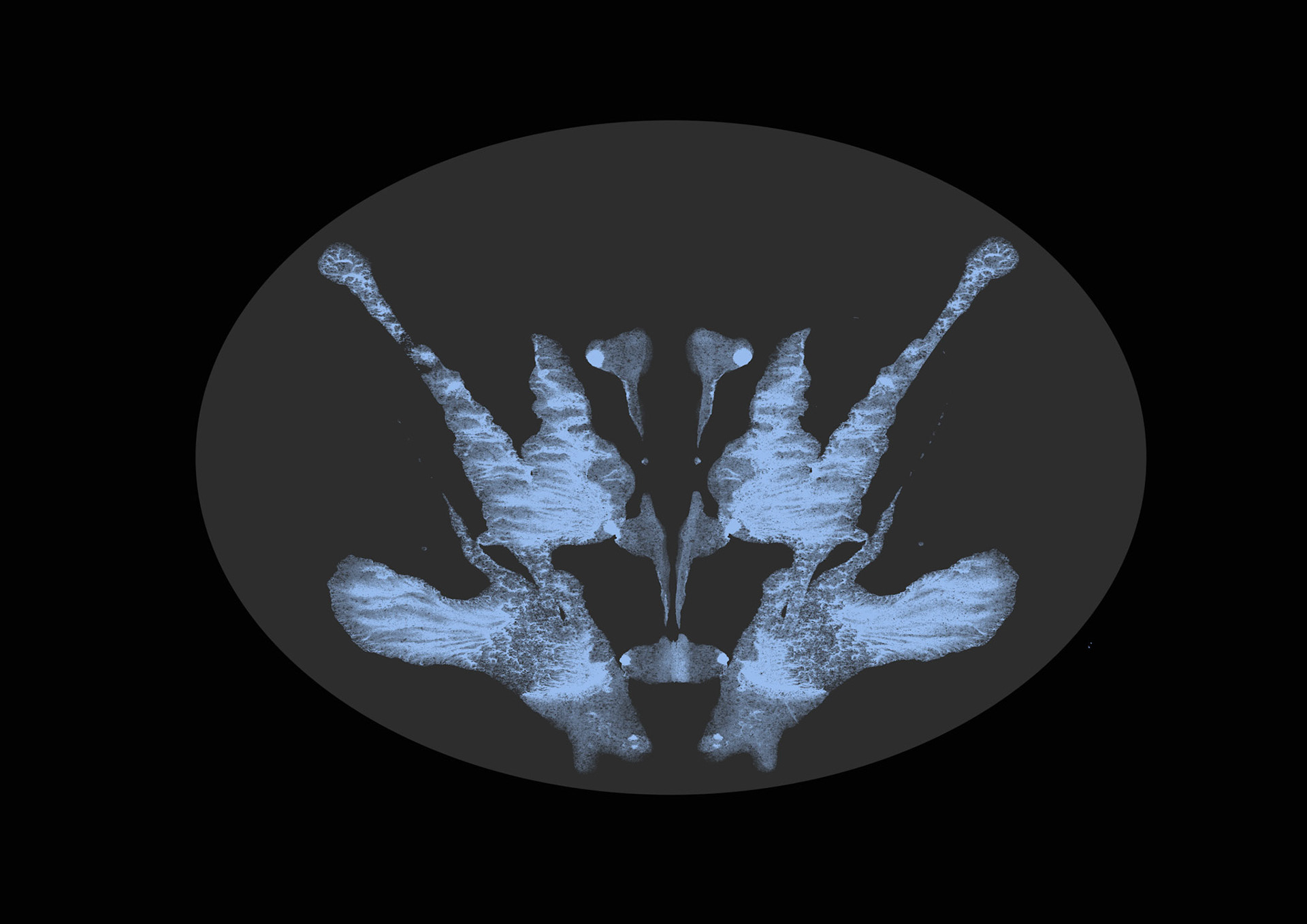


The images within the frames are Rorschach inkblot drawings posing as x-ray images with their blue hue and human organ-like symmetric shapes.
The objective medical evidence, such as scans, that health practitioners commonly rely on does not necessarily coincide with a person’s felt experience, nor an accurate reflection of one’s pain. This incongruency can often make scans open for interpretation, just as Rorschach drawings are.
MDF, transparent paper, mount paper, frames, perspex, lint, threads, hair nets, fluorescent lights
154x211x83.8 cm
In the centre of the diorama there is a lumpen mass of lint suspended from a single thread. This misshapen form echoes the biological theme yet disrupts the clinical atmosphere of the work. The fleshy pink hue and the bulbous shapes of the clumps suggest living matter and the imminence of destruction and contamination. This random cluster of a seemingly organic substance threatens to proliferate without any set of rules. Furthermore, it looks as though the hanging object has a life of its own which assumes an unpredictable and arbitrary nature.
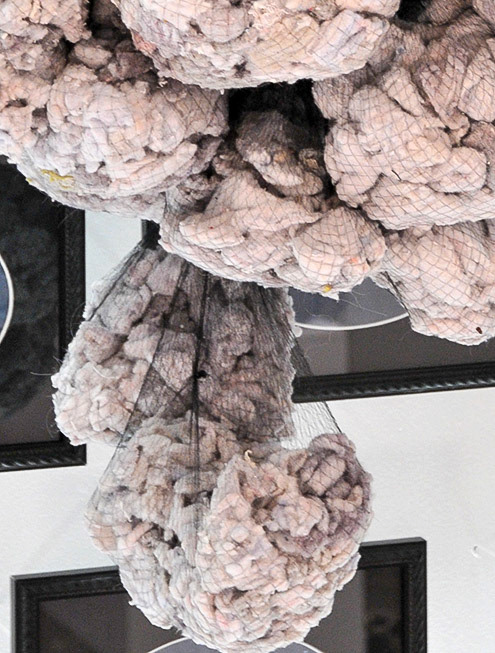
In contrast to the visual references to medical science and psychology, the aesthetic presentation of the black ornate frames conveys a different set of ideas. The oval mount boards surrounding the blue images evoke nostalgic domestic portrait photos. The images are presented as though they are something personal, like precious memories or keepsakes. Also the repetitive manner of the intricate frames on the walls enhances her fetishised motive.
Art of Pain (with George Khut and Cat Jones, curated by Vicki Sowry) 2015
Installation view: Kerry Packer Civic Gallery, The Hawke Centre, Samstag Building, University of South Australia

